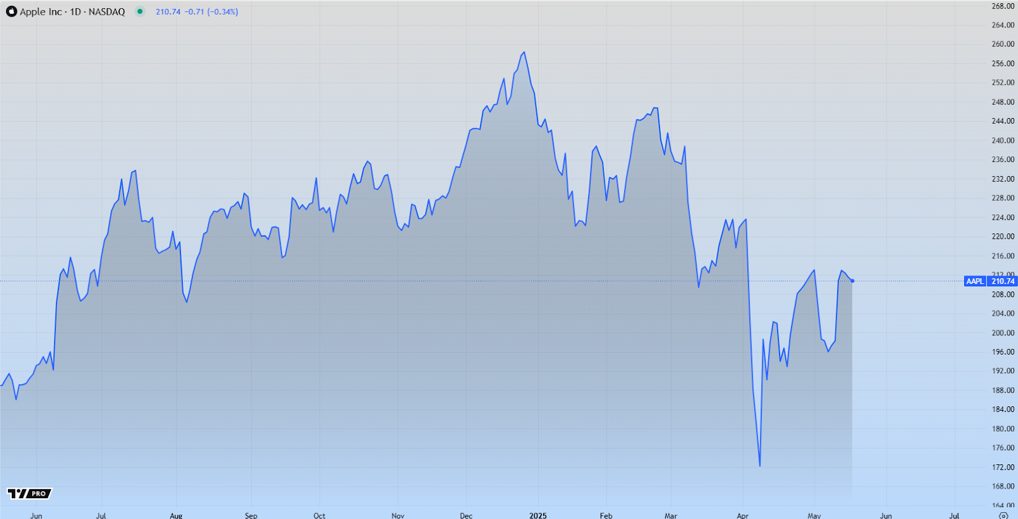Employee burnout continues to be a major challenge for remote teams. According to a Gallup survey, 18 percent of employees reported feeling burned out working from home full-time pre-pandemic. During the Covid-19 pandemic, the number shot up to 29 percent.
With remote work on the rise, employers and business owners are having a hard time detecting team burnout.
The good news is that it’s avoidable if employers know what to look for and how to combat it in their teams.

How to Identify Remote Team Burnout
As an employer, you are responsible for protecting the health and well-being of your team. Not only is it the right thing to do, but it’s also necessary if you want to maintain quality performance and improve your bottom line.
Not long ago, an employer could easily detect signs that team members were burned out. The change in their work behaviors was evident. A once-active and energetic employee starts arriving late to work, requests more sick days, appears disengaged during meetings, and shows up tired.
But with employees working remotely and in isolation, it’s harder to spot burnout. In addition, employees living on their own have a tougher time recognizing the early signs of burnout.
Employers only get to see their team members’ faces once a day or week during planned video conference calls.
According to the World Health Organization (WHO), burnout can manifest in several ways:
- Feelings of energy depletion
- Feelings of emotional exhaustion
- Feeling mentally distant from one’s job
- Negative feelings or cynicism about one’s job
- Reduced work performance and productivity
As a leader, you must be proactive about finding opportunities to detect the physical, mental, and emotional signs of burnout in your remote teams. Some of these signs include:
- A sudden, unexplained drop in engagement. For example, a worker takes longer than usual to respond to email or no longer participates in weekly meetings.
- Employees start taking more sick days. According to a Gallup study, employees experiencing burnout are 63 percent more likely to take a sick day.
- A sudden change in attitude. A good example is a positive worker who is suddenly negative about their work and company in general.
- Increased reports of physical or mental health issues, including headaches, difficulty sleeping, anxiety, and high-stress levels. According to an Italian study published in the International Journal of Environmental and Public Health, 41.2 percent of remote teams reported suffering from back pain, and 23.5 percent suffered neck pain. In another study, 74 percent of employees reported experiencing a new mental health issue, while 65 percent developed new physical health issues.
- A drop in the quality of the employee’s work.
- Responding to emails and chats at all hours, day or night – a clear indication of difficulty separating work from personal time.
What Causes Employee Burnout in Remote Teams?
Knowing the potential burnout causes can help you detect early warning signs and start finding effective ways to prevent it.
Your teams may experience burnout when:
- An employee lacks support to accomplish their company or personal goals.
- A remote worker is discouraged from taking a break or time off.
- A team member doesn’t have control or influence over how work is done.
- An employee feels management does not recognize their achievement, despite performing well.
- There is a lack of clear job expectations or the level of autonomy they are allowed, with no perceptible avenues for seeking clarification.
- An employee feels the work environment is toxic and management fails to address their concerns.
- A remote worker is unable to adequately cope with the pressures that affect their work productivity.
- Overworking is the norm in your company. Employees who feel overworked or have too much work are more likely to experience burnout. A survey of 2,800 employees by the staffing firm Robert Half found that remote workers are now working longer than before the pandemic.
Why Business Leaders Should Care About Remote Burnout
Aside from being the right thing to do, there are other critical reasons to prevent employee burnout. For starters, a Gallup study shows that employees who say they experience burnout are 2.6 times more likely to seek employment elsewhere.
In fact, a Limeade survey found that 40 percent of workers who quit their jobs during the Great Resignation cited burnout as the leading reason for quitting.
Now consider this. According to a Glassdoor study, the average cost of hiring a new employee is around $4,000 and takes around 24 days. We don’t know about you, but no one would want to lose your employees due to burnout or any other reason with these facts in mind
In addition to that, team members who feel burned out are less productive, which affects a business’ profits and performance.
5 Tips to Help Your Remote Teams Avoid Burnout
Remote work is the new normal, and business leaders have no choice but to embrace it. So, what can you do to ensure employees are not at risk of suffering from burnout? Below, we share five focus areas you should consider:
1. Strengthen Internal Communication
A company that employs a communicative culture within the organization can help improve employee retention and reduce issues that could lead to burnout. Establishing a space where leaders, managers, and employees can talk freely about their stress can help bring positive results.
There are several ways to streamline internal communication in your company:
- Have regular in-person conversations – Each team member has unique work habits and having 1-on-1s makes it easier to identify and address issues directly affecting them. What’s more, private meetings can inspire introverted remote employees to open up about potential work stressors.
- Actively seek feedback – Naturally, employees would feel intimidated to share their work struggles with their employers or managers for fear of repercussions. You can mitigate this by providing opportunities, like surveys for employees to evaluate employee experience, company processes, workload management, scheduling, and so on. But don’t stop there. Use the feedback to revise, create or update company policies. That way, your remote workforce will know their voices were heard and implemented, an aspect that can influence loyalty, motivation, and increased engagement.
- Find the right balance between synchronous and asynchronous communication – We all know how waiting for information and updates can be confusing and frustrating for employees in a remote work setup. To reduce this, take advantage of collaboration tools like Slack, Asana, and Basecamp and clearly define how and when these channels should be used.
In addition to providing a safe space for airing issues, understand that some workers may find it easier to talk about their experiences with an expert. Therefore, consider connecting them with a therapist or coach. This strategy can work well, particularly because of client confidentiality.
Most importantly, let your workers know that you’re always available to listen to and support them.
2. Train Managers to Address Burnout
Managers have multiple roles and responsibilities, chief among them creating an environment that reduces stress and risks of burnout. Therefore, it’s imperative to train them to be ambassadors for your company’s mission, vision, and values.
Start by empowering managers with the necessary resources to create a conducive work environment for employees. Provide manager-specific training sessions to help them understand how their management style, habits, and communication can influence remote burnout.
Likewise, train managers to develop the habit of engaging in ongoing coaching conversations with workers, offering feedback, and supporting employees to achieve work-life balance.
But more importantly, remember managers are employees too and are at more risk of burnout. The main reason is that they are stuck between managing employees and fulfilling their employers’ requests.
Therefore, check in regularly with your managers, provide support and empower them to manage their people and work-related stress.
3. Facilitate a Flexible Work Schedule
Workplace flexibility is the number one reason job seekers prefer remote work. However, not all remote-enabled organizations offer flexible scheduling. If yours is among them, you need to seriously consider introducing work arrangements that allow your remote teams to perform their duties when it’s most convenient for their lifestyles. A time tracker can help your team clock in and clock out with ease and make the work transparent.
Flexible scheduling focuses more on performance and results than routines and work hours. Allowing employees to develop their own flexible work options can help them maximize their productivity and reduce the risks of burnout.

4. Incorporate Wellbeing into Your Company Culture
An organizational culture that promotes a happier and healthier work environment reduces the chances of employee burnout. In contrast, a culture that promotes working long hours and working during personal time, to the extent it limits family time, creates increased risks of burnout.
Create a culture that promotes an ideal work-life balance and reasonable working hours. Whether it’s:
- Ensuring workers have access to paid sick leave
- Offering flexible scheduling
- Respecting work-life boundaries
- Setting clear work hours
- Encouraging time-off
- Providing unlimited paid time off
- Helping remote workers disconnect
- Providing budget and resources dedicated to boosting workplace well-being
Be sure to formulate policies surrounding the well-being of employees and encourage them to read through the policies to get the most out of their workdays.
5. Lead by Example
According to a study published in Forbes, 62 percent of employees said that having someone in leadership speak openly about mental health makes them feel comfortable talking about their own issues.
If you normalize the topic of mental health in your company, you create an environment of psychological safety. Employees will feel comfortable being vulnerable and be more willing to talk about their mental health.
Leaders who prioritize their own well-being inspire and motivate their workforce to prioritize theirs.
Play Your Role in Preventing Burnout in Your Remote Team
For the most part, business leaders have control over the decisions and choices they make that contribute to employee burnout. Therefore, try to understand the root cause of burnout and develop strategies and a culture that will minimize burnout in your remote teams.





